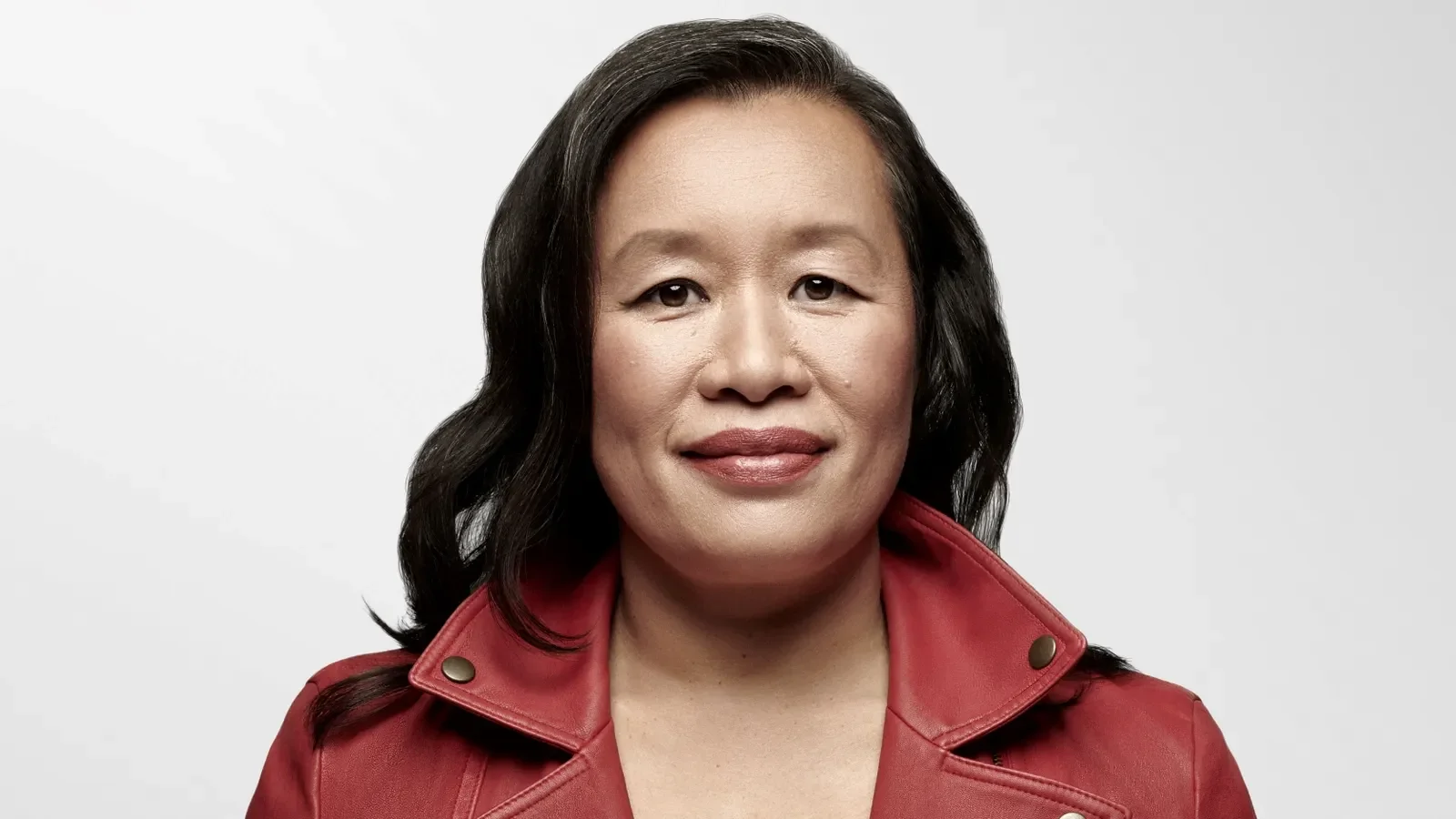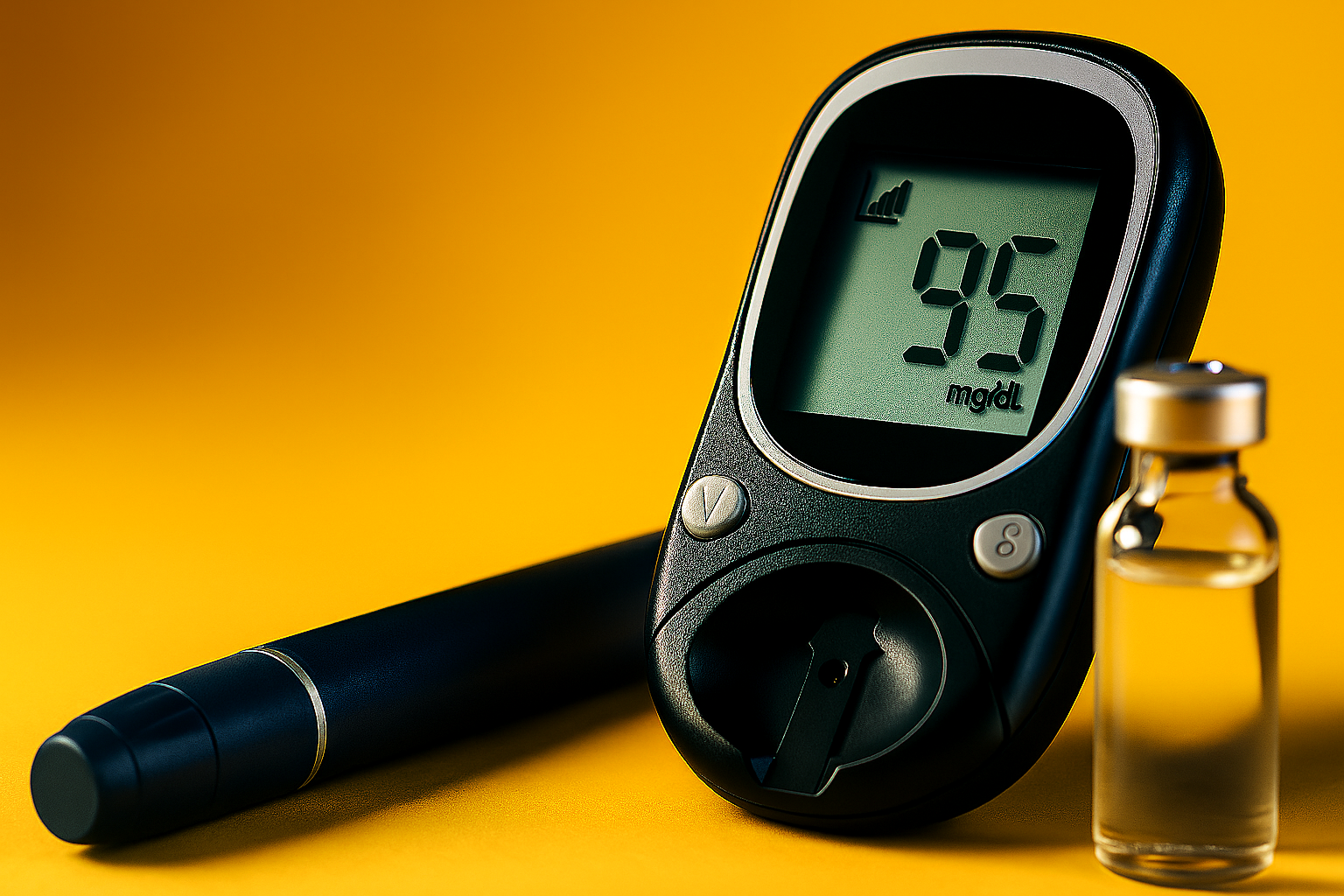My Interview with Ryan Reed
Fresh from his first NASCAR victory, 21 year old Ryan Reed sits down with me to talk about his type 1 diabetes diagnosis, racing with diabetes and what it feels like to win his first race.
You really do not want to miss a second of my conversation with Ryan. You'll learn everything from how he reacted when a doctor told him that he couldn't drive a race car after his diagnosis, to what 190 M.P.H. feels like - and just how does he keep his blood sugar from crashing in a 150º race car?
Seriously, if you haven't tried my new podcast yet, this is definitely the week to jump in.
One your mark...
Get set...
GO! listen to the podcast
Adam Lasher on American Idol
It was only a week ago when Adam Lasher first appeared on American Idol. Lasher's pre-audition interview with Ryan Seacrest revealed that he is the nephew of guitar legend Carlos Santana, but his famous Uncle was just the beginning of what would be a rather strange and wonderful audition.
The next three minutes were a whirlwind of oddities that culminated in Adam performing his original song 'These Shoes' and a golden ticket to the American Idol Hollywood round that airs tonight on Fox.
Adam wore a bright blue headband that appeared to be more functional than style oriented. His face and dark beard instantly reminded Jennifer Lopez of Tonight Show host Jimmy Fallon, her comments must have made it back to New York because the next day Fallon was dressing up like Lasher on his show.
Adam and his Uncle Carlos courtesy of AdamLasherBand.com
After the Jimmy Fallon frivolity came to an end Keith Urban asked, thinking it was Lasher's phone, about a small case clipped to his guitar strap. It wasn't a phone in the case, rather Adam has type 1 diabetes and was wearing his Dexcom continuous glucose monitor (CGM) so that he could watch his blood sugar level.
When the time came for Adam to play the judges finally realized that the thumb on his playing hand was broken and wrapped in what Harry Connick Jr. called, "a raggedy-ass lookin' cast" but non of that mattered because soon, despite his broken thumb, tossed hair, type 1 diabetes and an only so-so Fallon impression, Adam Lasher's music is revealed to be as soulful as it gets and he earns a ticket to Hollywood Week.
Tonight a rabid base of Idol viewers, many who live with type 1 diabetes in their lives, will be cheering for Adam to move on to the next round.
You can hear Adam on The Juicebox Podcast talking about his Idol experience, diabetes, how he broke his thumb and much more.
Update
Adam performed 'Wicked Games' during Hollywood week and was put through to the next round! Check out the video... stay until the end when Harry Connick Jr. says, "I think he's a super star... I think he's got something". Good luck to Adam as he competes!
The Marathon Runner Who Jumps Over All Hurdles
We all get knocked down from time to time -- that's just life. Robin Arzon has perhaps experienced this more times than could be considered her fair share. The story of her life reads like the written account of a heavyweight boxing match that won't end -- because nothing keeps Robin down for very long.
The daughter of immigrant parents, Robin originally planned to follow in her father's footsteps and become an attorney. She chose to get her undergraduate degree at NYU's Gallatin School of Individualized Study. Robin didn't take the course load that one may expect of a prelaw student, opting instead to take her father's advice, "You will learn how to be a lawyer in law school, take the classes you want to take."
About a year before she would graduate from Gallatin, Robin met a couple of friends at Bar Veloce in New York's East Village. A casual, fun night out with friends soon turned into a life-altering experience that would propel Robin to a new direction, years later. That night a ranting man armed with three hand guns, a sword, kerosene, a lighter and the desire to "choose when he dies" was out on the street exacting his plan to die in a fire while killing as many people as he could. The gunman approached and shot a man on the street. The wounded man took refuge in the closest place he could find, Bar Veloce, and the gunman followed him into the business. Upon entering the bar the gunman forced all of the patrons, Robin included, into the back where he huddled them together and soaked them in kerosene.
Early on in the confrontation the man spoke of wanting to talk to the police, and Robin served as his line to the police while being held as a human shield. Afraid but not wanting to give up, Robin spent that time trying to talk to the man in the hopes of ending the nightmare. When the police arrived Robin was being held by the madman by her hair, still soaked in kerosene, with a gun and a lighter being held to her head. Two patrons tried to jump the man as he held Robin; one was shot but the commotion of the struggle was enough to allow the police to storm the room and subdue that man.
This harrowing experience took a toll on Robin, but she got back up, graduated, went to law school at Villanova and practiced for seven years at a prestigious firm before making her next decision that flew in the face of conventional wisdom.
It was during law school that Robin found, very much by mistake, her passion for running and fell in love with it. She describes that in the years after much of her time in the law office was spent "counting down the minutes" until she could go for a run. This is all from someone who was made fun of on the playground for how she ran and who was forging notes as a teenager to get out of gym class. Robin then made a choice that not many could, she quit her safe life, one that she worked very hard for, to follow what her heart was saying.
Initially Robin worked at being a freelance sports journalist and had "no idea what I was doing." Robin started a blog, interviewed Olympic athletes with her cracked iPhone and surrounded herself with like-minded people -- kindred spirits who love to sweat.
Robin realized that if you put the work in, you can become whatever you want to be. Robin created a new life as an "Ambassador of Sweat" -- becoming a running coach, cycling instructor and ultramarathoner.
A believer in her mother's words that she is from "resilient stock," Robin says, "Resilience and willpower can seem finite but they can be recharged." Those theories would be tested last year when Robin was diagnosed with Type 1 diabetes at the age of 32.
Robin thought she was jet lagged after returning from India with her mother and sister. Her mother, who is a physician, was worried that her symptoms could mean something more and she sent Robin to have blood work. Two days later she had an endocrinologist and was taking insulin to manage her blood glucose. Robin's first thought wasn't why me or what next. Robin isn't the type of person to worry about obstacles, all she wanted to know from her doctor is what tools she would need to be healthy with Type 1 diabetes while being able to continue her life as an athlete. Her doctor put her on an OmniPod insulin pump just days after her diagnosis because of its tubeless design and a Dexcom continuous glucose monitor so she could watch her glucose values in real time.
My story on Robin also ran on Huffington Post Healthy Living and has been picked up by Yahoo and AOL. Thank you for all of the great support!
Robin made good use of both tools recently when she finished the New York City Marathon, her fourth marathon with Type 1 diabetes. The NYC Marathon was the first marathon she ever ran, four years ago, and now she says Type 1 diabetes has made her stronger because it has made her more determined to accomplish her goals.
"I really believe we need to trust our struggles," says Robin. "It can be hard to find reason and rationality in a disease like diabetes when you think your body should be doing what it's meant to do but it doesn't. Trust your struggle. There's always light through the cracks. Find inspiration online, from friends and family, from the community, and it will reinforce your power."
Encapsulation Gives Me Reason to Hope
When I hear the word ‘cure’ it sends my mind racing with visions of science fiction television. I imagine my daughter being scanned by Doctor McCoy, in an instant his tricorder beeps and Arden’s pancreas springs back into action. Everyone in the room takes a pause for dramatic effect and type 1 diabetes is no more.
It’s that level of high yet unreasonable expectation, mixed with a healthy amount of cynicism that keeps me from becoming too excited when news of “promising research” is announced. I read the articles - well, I thoroughly peruse them - but most research news leaves me feeling like real-world science hasn’t quite caught up to the desires of the scientific community. Curing a disease without significant effort, crazy drugs and more than a bit of luck seems unlikely to me right now. In other words, I’m a tough sell.
Until I heard about Beta Cell Encapsulation…
Encapsulation grabbed my attention in such a big way that I asked it’s benefactor, JDRF (formally known as Juvenile Diabetes Research Foundation) if there was someone that I could interview about the technology. They were kind enough to put me in touch with JDRF Director of Discovery Research, Albert Hwa, PhD.
My conversation with Albert did a few things. It reminded me that I am not a scientist, gave me great hope for type 1 diabetes treatments and made me want to tell you about what I learned without being too sciencey - because I don’t want you to just peruse this article.
What is Encapsulation: In layman's terms, the process of encapsulation has made it possible for foreign cells to be introduced into the body after being coated (encapsulated) with a substance that protects them from your immune system. Specifically for the ViaCyte product design, the cells are inserted into a device that is currently the size of a business card and surgically placed under the skin during an outpatient procedure. The device allows its cellular passengers to interact with the body, measure the level of glucose and produce insulin without being identified by the immune system as a foreign body - all without anti-rejection drugs. Through the nature of science, encapsulation keeps your immune system from attacking the new insulin producing cells without blocking other needed functions. That’s science!
Is this a cure: Encapsulation is not a cure but it is the first stopgap between a cure and the reality that people living with type 1 diabetes experience that makes me say, “Where do I get this for my daughter?” It’s not a cure because the root issue is not being addressed, as the pancreas remains devoid of insulin-producing cells, and the autoimmune responses against them persists. The goal of this research is to introduce donor beta cells that will eliminate the need for manmade insulin. That would mean no more shots, finger sticks, insulin pumps, glucose monitors and the wildly fluctuating blood glucose levels that cause serious long-term health issues.
How long will the device last: Researchers aren’t positive at this time how long the cells will produce insulin before they need to be replaced, but a minimum of two years seems to be the initial hope and goal. Having a small procedure every two years is a vast improvement over what my daughter and the millions of other people who have type I diabetes deal with every moment of their lives.
More details you want to know: There are currently two companies conducting trials on encapsulation, both are being partially supported by the JDRF. The trial that was being held as I spoke with Albert Hwa was happening in a human being. Human trials are very exciting because so many ideas never get past animal trials; Most of the research that people with type 1 diabetes hear about cures mice but never makes the leap to helping people. The encapsulation human trials are in their infancy; Albert told me that even if everything went exactly perfect with the trials, it would still be “ten years” before Encapsulation could become a reality.
I chose to learn more about encapsulation because I’ve watched my daughter live for nearly a decade with type1 diabetes and this is the first time that I’ve felt like I was looking at a potential answer that could make it to market. I’m not a health care professional, just a father hoping for his daughter’s life to get better. In my estimation, encapsulation feels possible. I can imagine driving my daughter to her doctor to have a form of this device implanted, not unlike a pacemaker. For a guy that doesn’t usually feel very hopeful about stuff like this - I feel hopeful.
You can read more about encapsulation on the JDRF website, they even have the sciencey stuff:
Video: Sierra Sandison on Dr. Oz #ShowMeYourPump
Sierra Sandison became Miss Idaho 2014, dreamt up the viral hashtag #ShowMeYourPump and is competing to be Miss America – all with her insulin pump clipped at her side.
Now she's on the Dr. Oz Show showing her pump to his audience and making every person with diabetes about as proud as can be.
I first met Sierra in July when I interviewed her about the events that led up to her #ShowMeYourPump tweet; which inspired people everywhere to share photos of themselves with their insulin pumps. During our conversation I learned about McCall Salinas and how a talk that she had with Sierra led to the Miss Idaho wearing her insulin pump on stage.
The Miss America Pageant is on ABC Sunday at 9 pm est. The top 15 contestant make it to the live stage and I'm hoping, as I imagine are all of you, that we see Sierra show her pump Sunday night on national television. Good luck Sierra, the entire diabetes community is behind you!







































